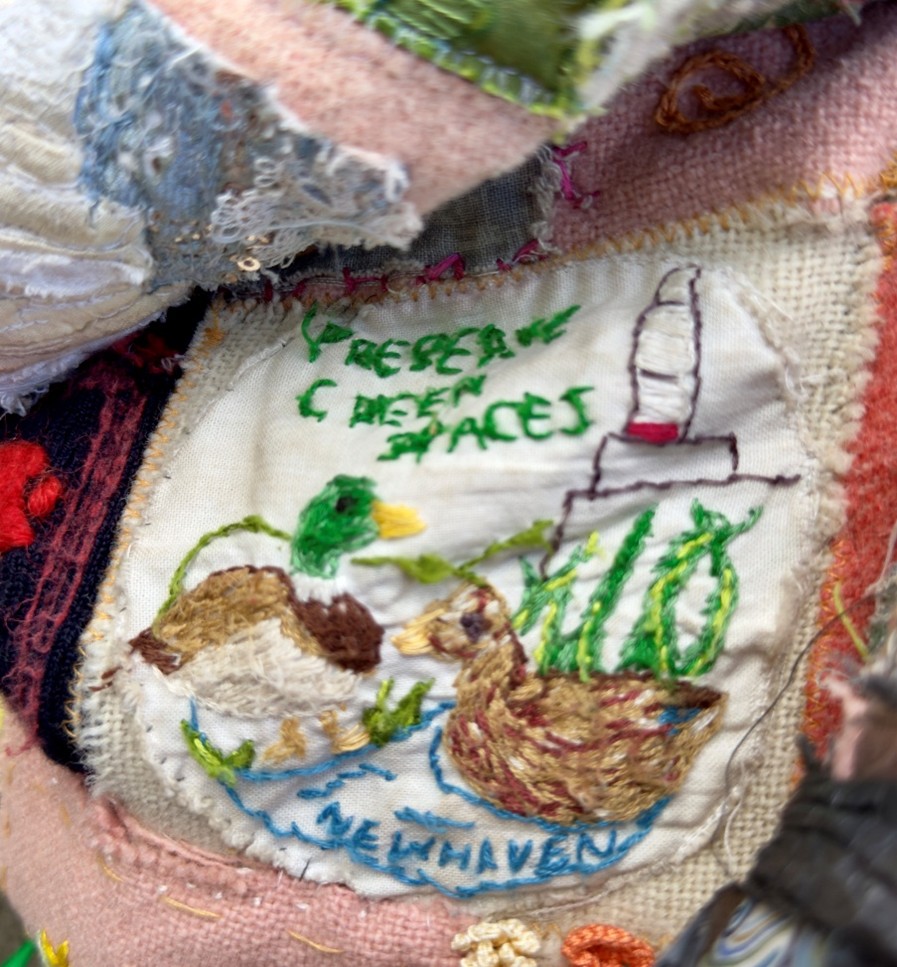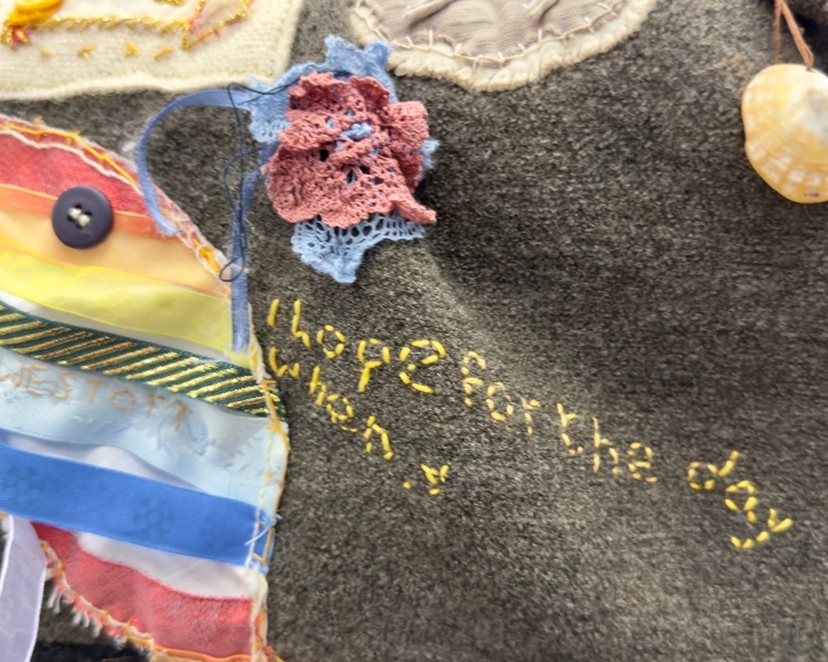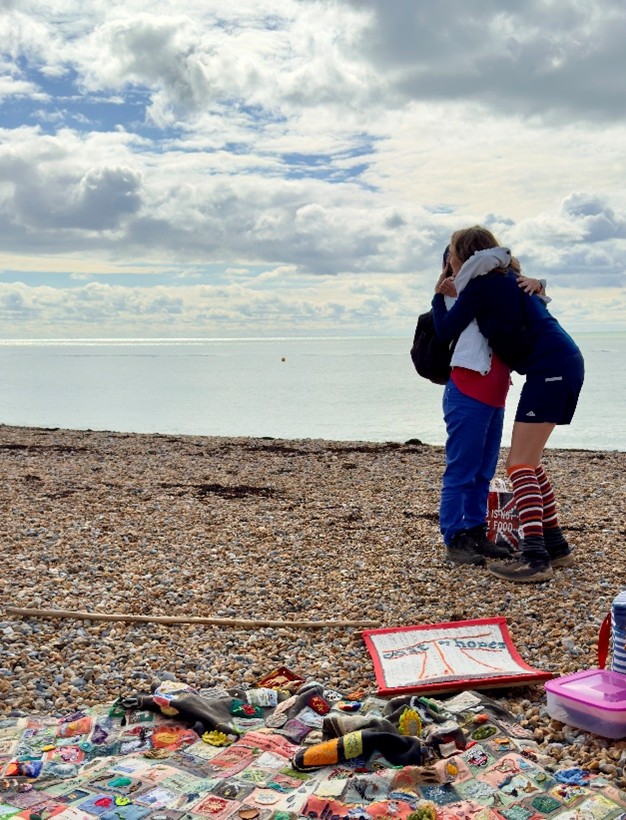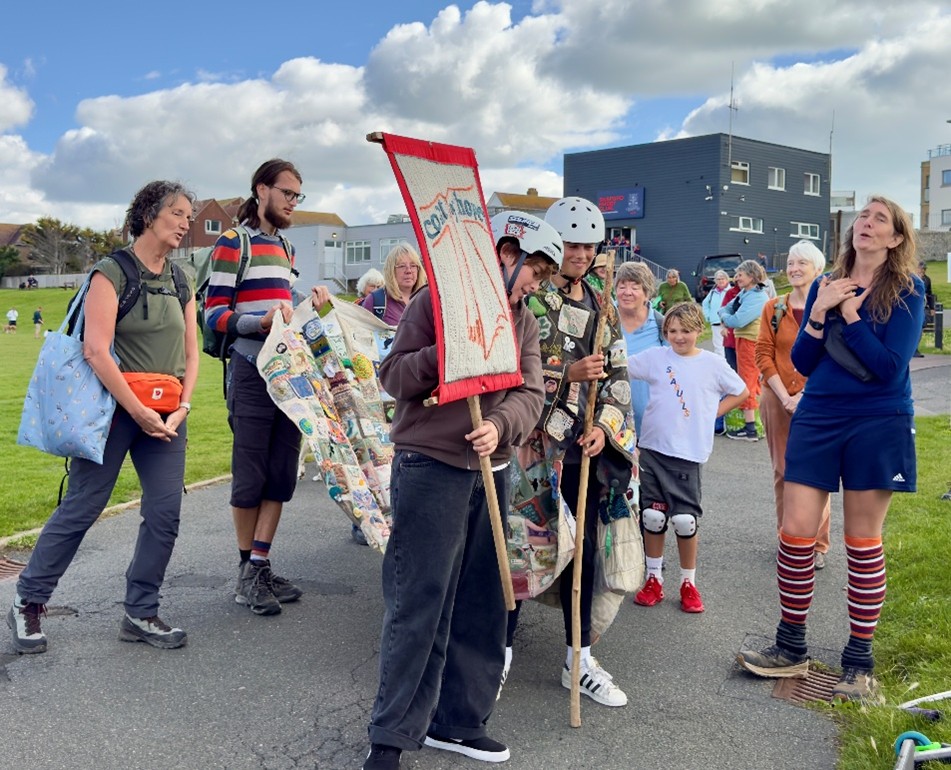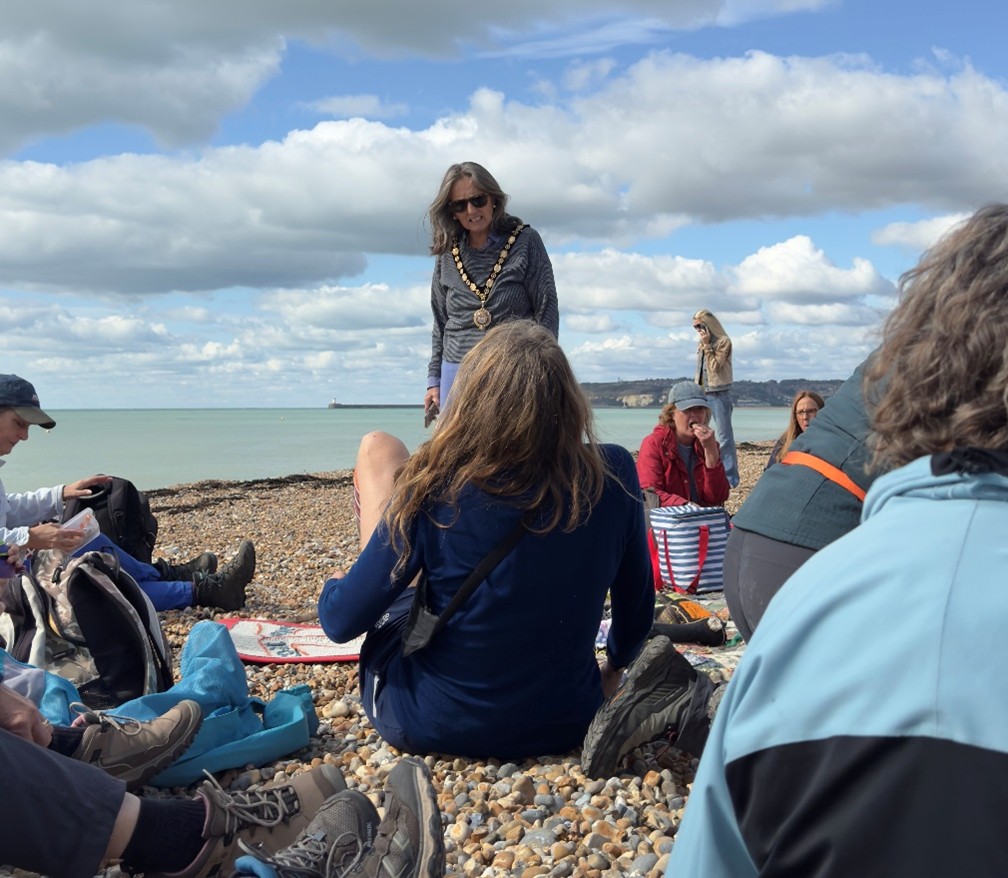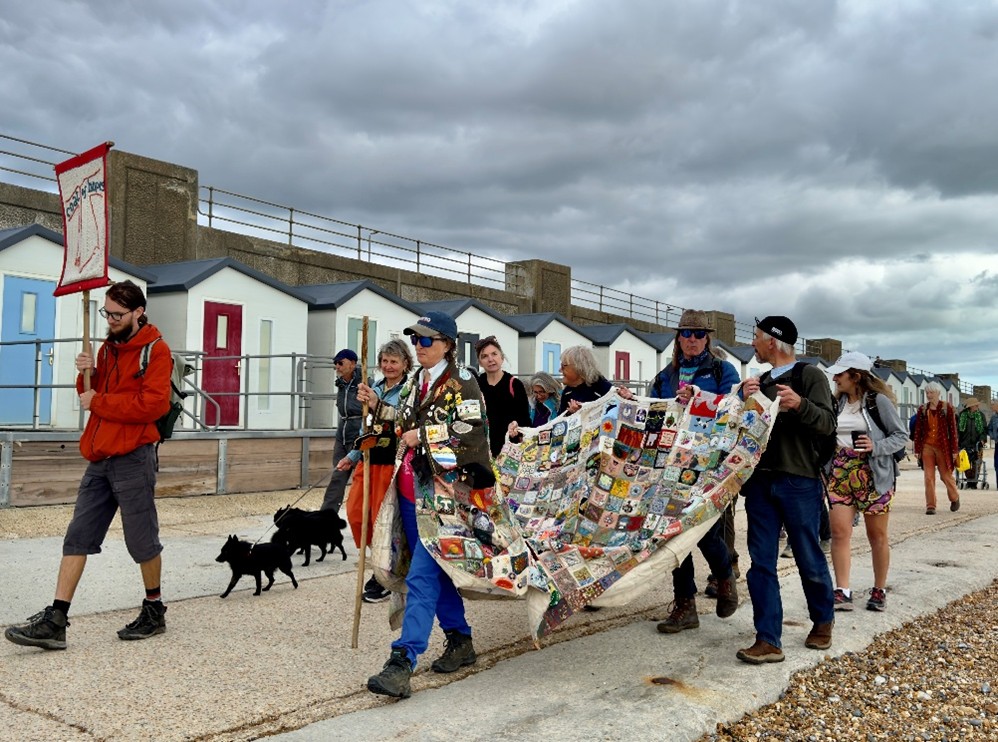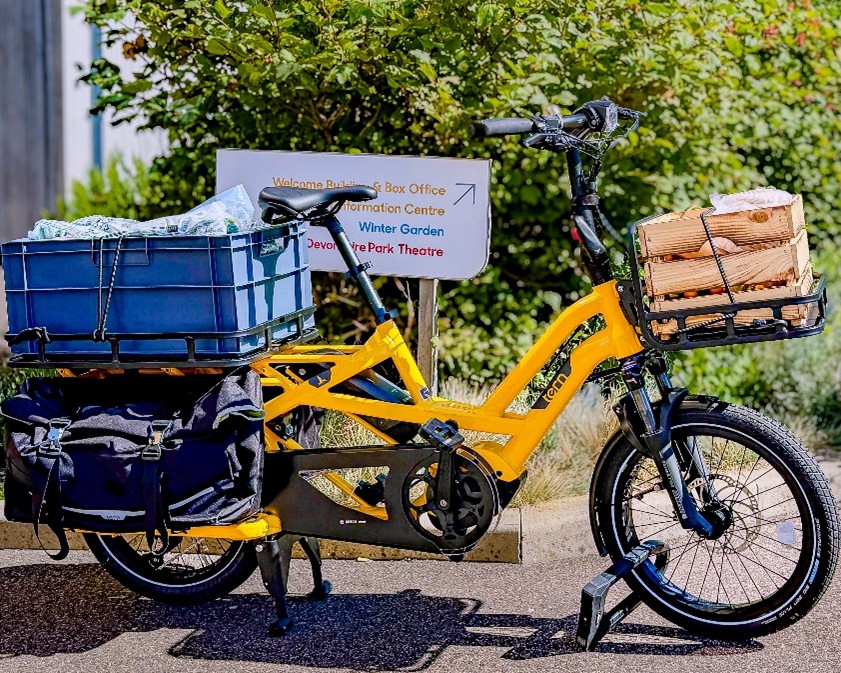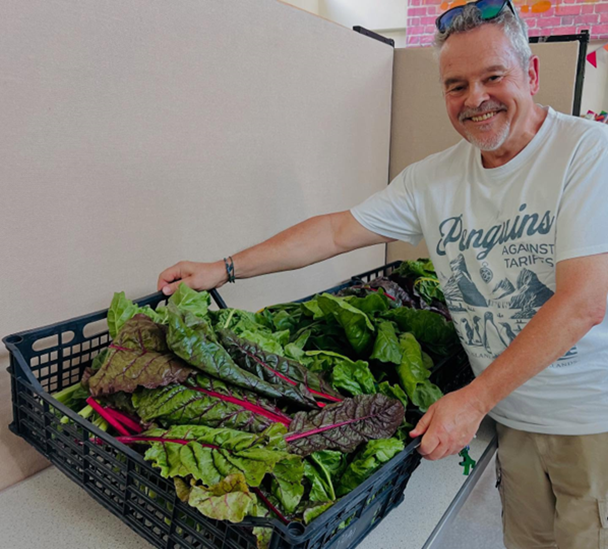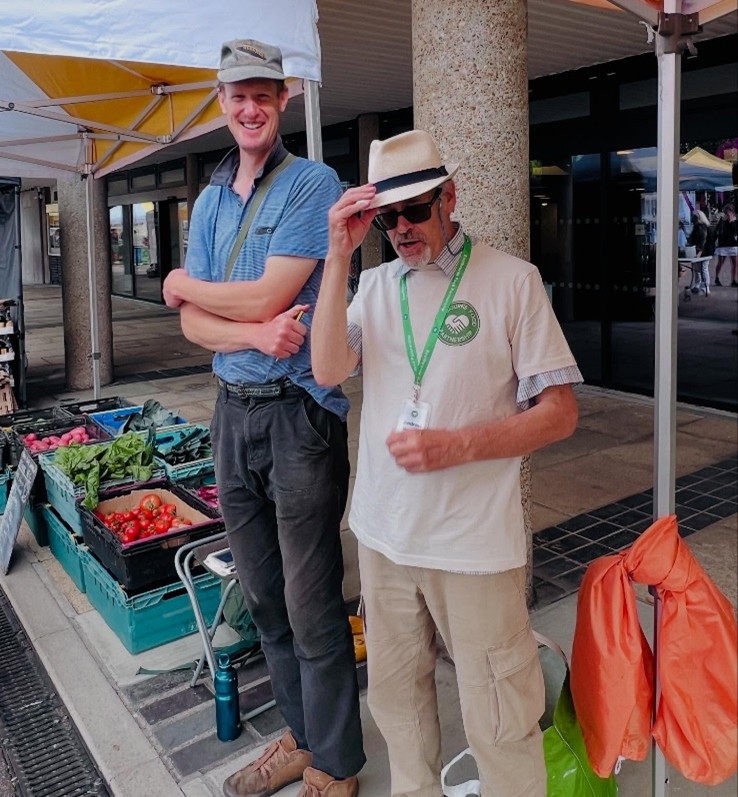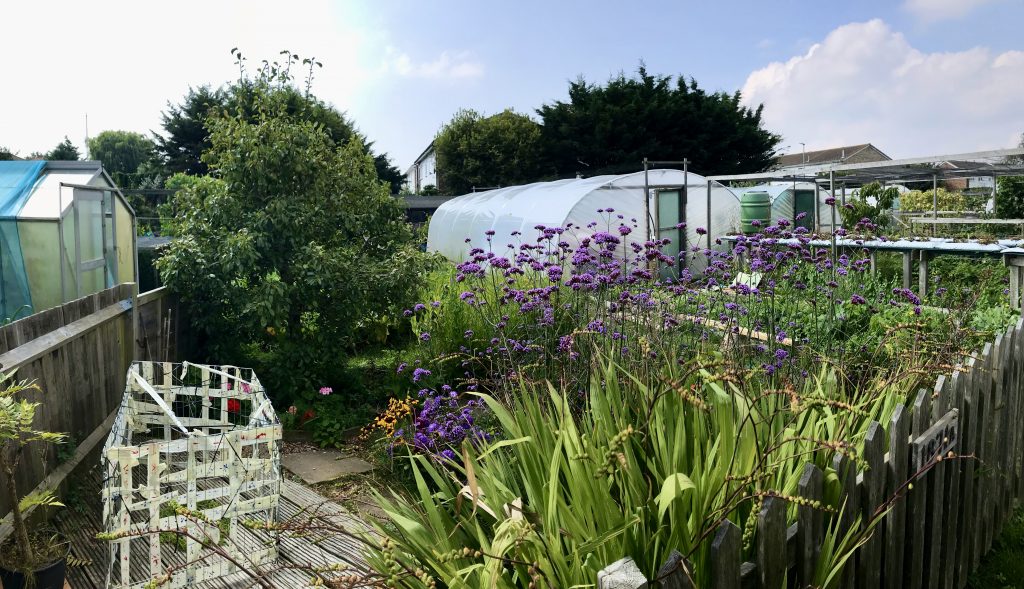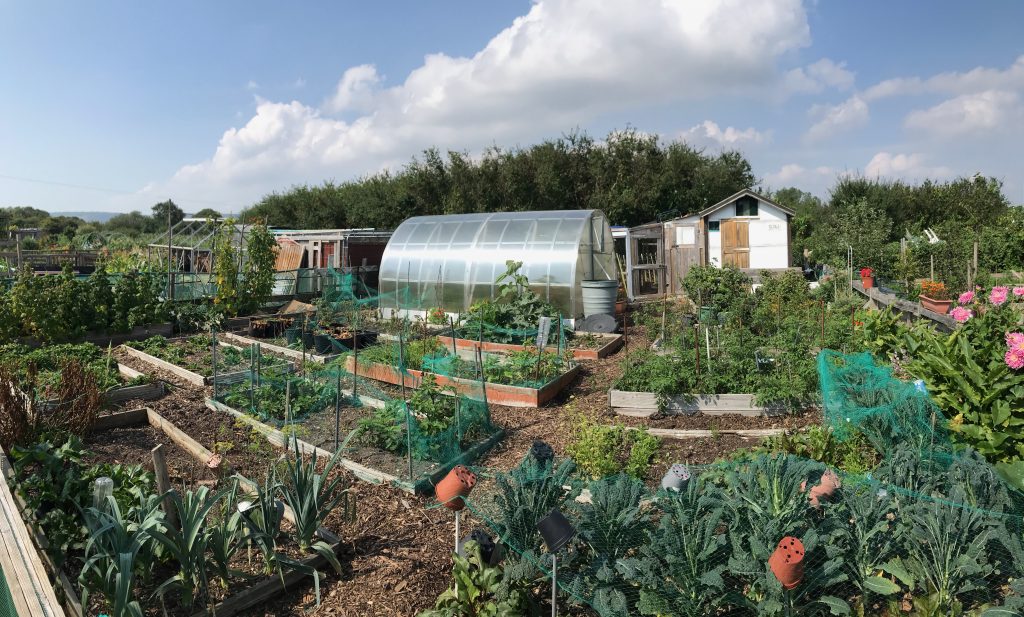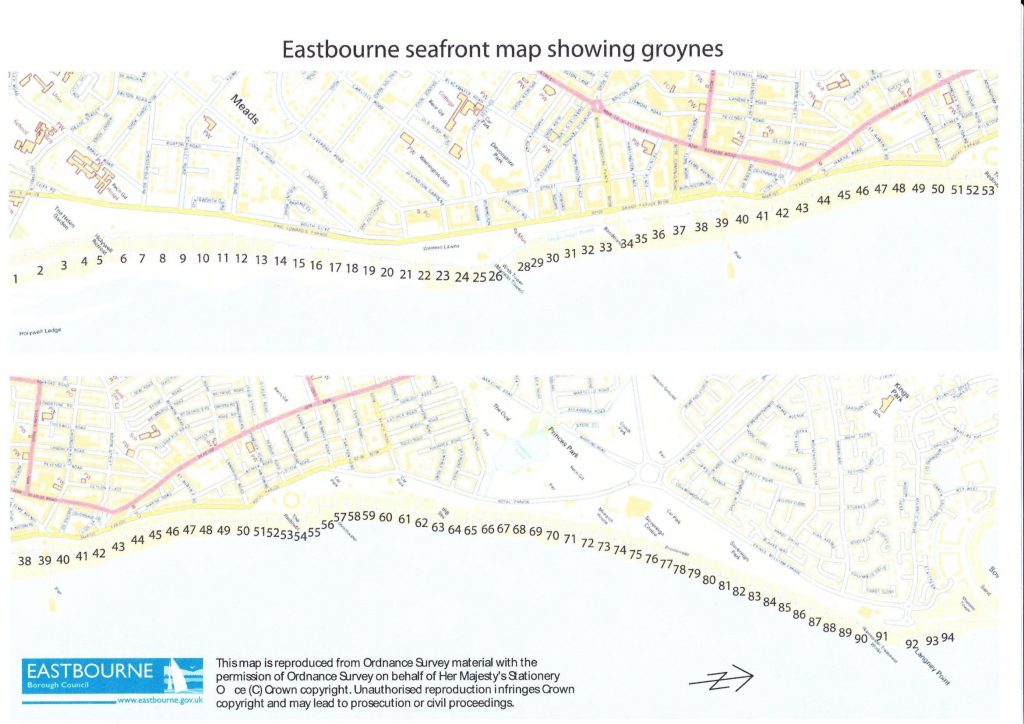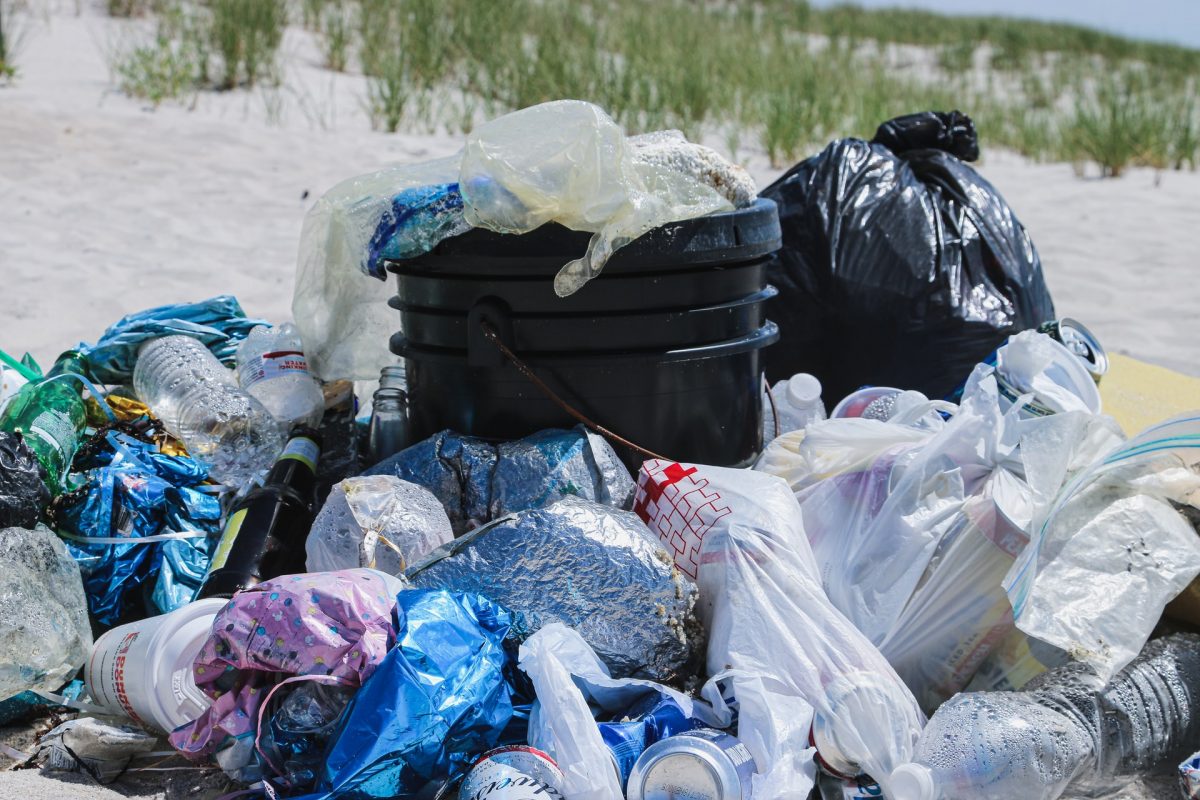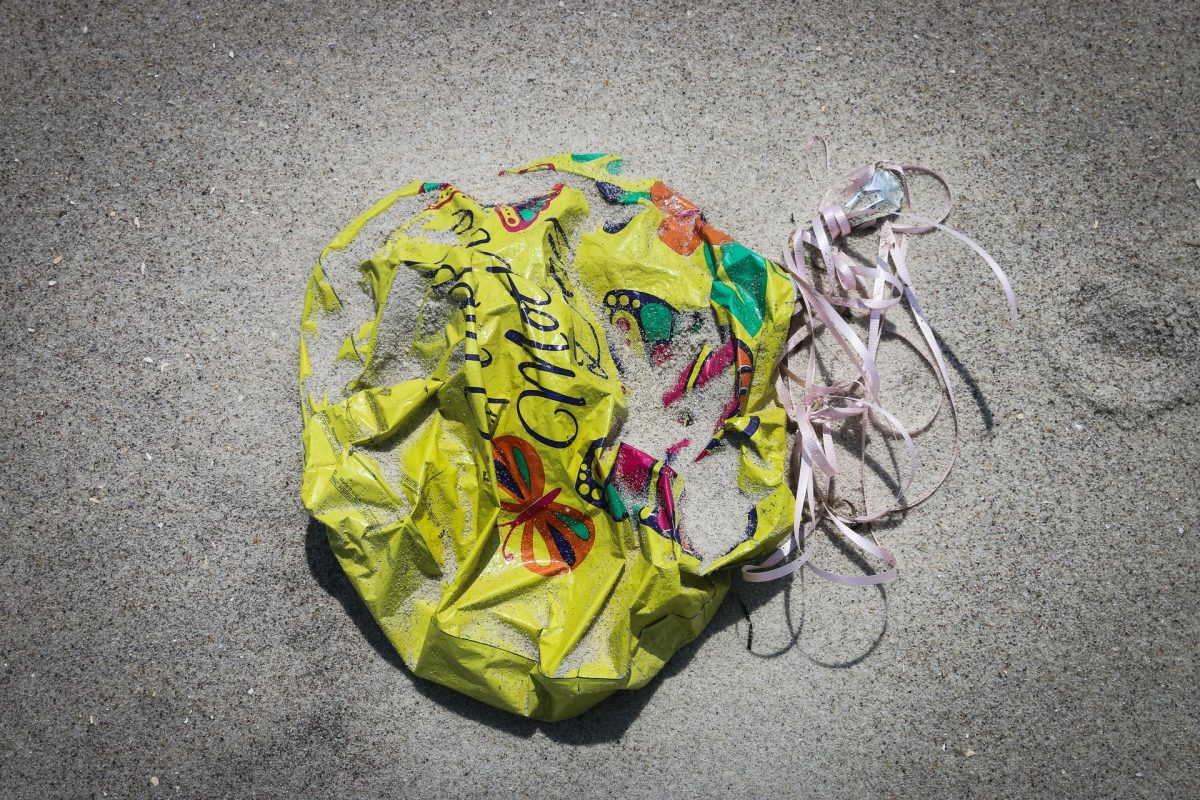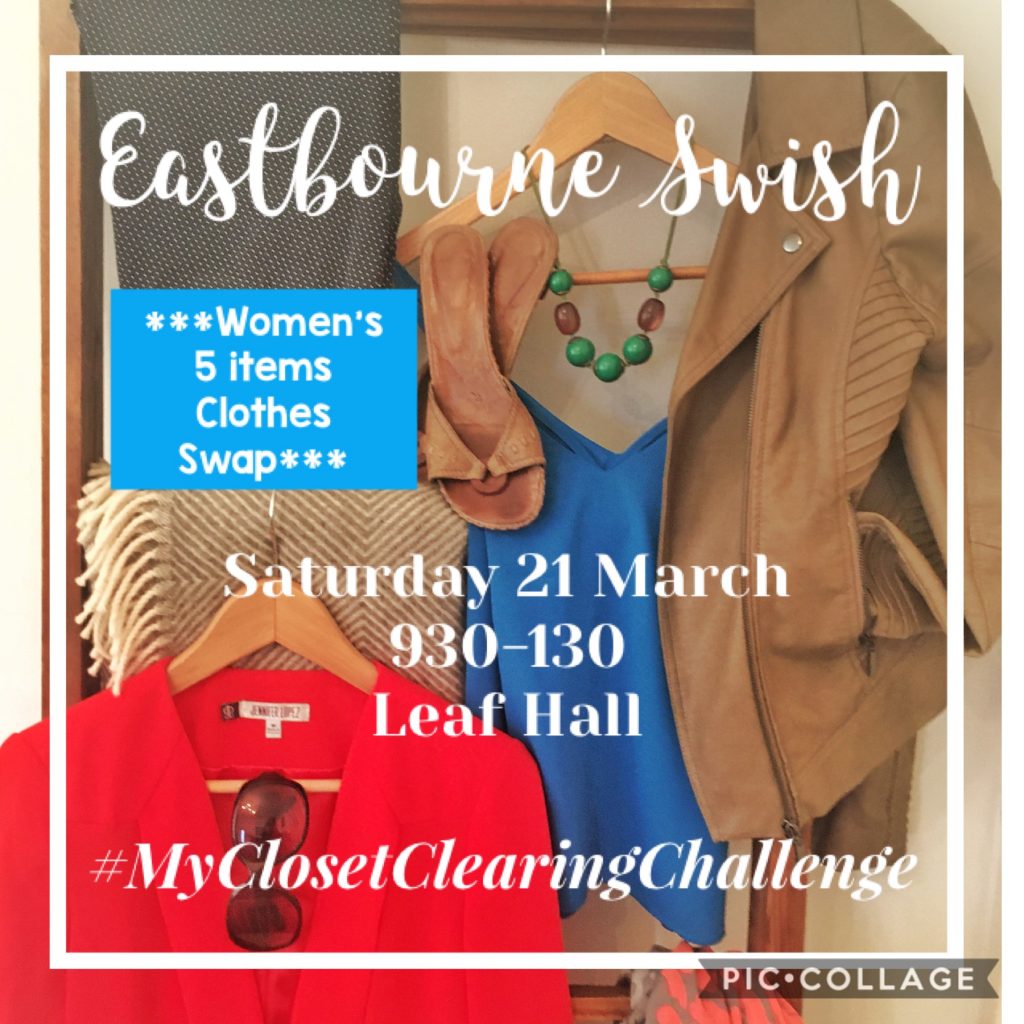Nutrition, hydration and sleep are the cornerstone foundations to our health and well-being. They are the building blocks with which everything in life works from. Without them, a human being cannot thrive. Yet the principles such as ‘food as medicine’, the importance of microbiome and gut health are topics that are not well understood by most people.
The problems connected to poor nutrition are global, but perhaps the most urgent need is to help people below the poverty line to nourish themselves and their children. All those who through no lack of worth ethic find themselves one of this year’s many first-time food bank users, asking ‘Do I pay my rent, or feed myself’, all those parents going hungry to feed their children.
One Potential Solution
This Summer sparked an idea. Inspired by my own gut health awakening, the works of anti-hunger activist Jack Monroe, working on recruitment for the Trussell Trust, John Vincent and Henry Dimbleby’s imaginative 2013 UK School Food Plan and nursing my own mother’s poor gut health, I began putting together a project. A new UK School Food Foundation. A public private partnership that would ease the burden on the government with free school meals, raising private capital, and working collaboratively with the government on the matter to fix policy and curriculums. Bring in venture capitalists and businessmen to the SMT and run it with their mindset and efficiencies. A pipe dream of course, but one that might get me into working in an area about which I was increasingly passionate.
So I made case studies of my two previous schools and reached out to national private catering company bosses to understand the situation seven years after the school food plan. Talking to my old schools it was obvious just how far we’ve come, but there was of course still room to improve. The main feedback was that the food and nutrition-based standards introduced in 2014 are still not policed in practice, Ofsted has to enforce them, schools make ‘tweaks’ at their own discretion and vulnerable children, in particular, are still unaware of the consequences of bad food choices.
Why is this necessary?
And that fact is hardly surprising because where would they get that information from? When even the comfortable families are more overworked and disconnected than ever before – parents work all hours, children out – we’re not teaching younger generations how to cook. How many of us went off unprepared to university and came out with pancreatitis, IBS, or ulcerative colitis? Even GPs have little training on food as medicine and are more likely to question alcoholism and prescribe drugs than any considered analysis of diet. Surely this would go a huge way to reducing the crippling burden on the NHS?
School wise, we’ve heard a lot about the introduction of compulsory cooking classes for all students up to the age of Key Stage 3. Just talking to my two old schools they seem to be doing brilliantly with state of the art facilities and really attractive lesson plans. But they’re the good end of the scale and those cooking classes are still once a fortnight for year nines. GCSE cooking is more about comparisons between different types of food packaging than it is about cooking skills.
Having lived across the continent as a languages student in France, Germany and Russia, it’s clear we’re a laughing stock internationally. Before lockdown forced us to take up home cooking, we spent a smaller proportion of our income on meals at home than any other European country. We tend to rush our meals, spending almost half as much time eating as the French. We eat out more, cook less, and are much keener on ready meals. (Our household spend on pre-cooked food is 28% higher than in France, 64% higher than Spain, 101% higher than Germany and a whopping 178% higher than Italy.) When I wanted to cure my mother’s gut health at the start of the Summer it was the Polish section I turned to in the supermarket as well as the best of Gousto’s anti-inflammatory range (fish, vegan and vegetarian meals). Eastern Europeans are champions of seasonality and fermented foods, the friendly bacteria that we all need to fill ourselves with in order to boost our immune systems and fight disease. Their biggest well-kept secret within that is Kefir, cultured milk which repaired my misused gut many times whilst living away from home. It’s now a regular in well-stocked shops here thanks to Eastern European immigration.
So how did we fall so far behind everyone else?
The History of Free School Meals
As far as school food culture is concerned the story goes back probably to the end of the 19th century.
After the introduction of compulsory education in the 1870s, the city of Manchester became the first to feed impoverished students. In 1906 the Education Bill attempted to combat the shocking state of national and infant health and placed the responsibility under the remit of local authorities. Unfortunately, despite multiple worrying reports compliance remained low until 1944, when laws were passed to ensure all children had access to free nutritious meals. Free milk burst onto the scene two years later. School children over the next two decades are widely believed to be the best nourished of the twentieth century.
Policy first turned against state involvement in 1968 when the Conservative government withdrew free school milk from all secondary schools. Margaret Thatcher launched her infamous extension of this scheme for the over sevens in 1971 followed by the Competitive Tendering Act in 1980. The responsibility of the government was, as they considered, to provide the parts parents could not, the buildings and books. Not the peripheral services. The move towards parental and consumer choice was predictably accompanied by a move towards meals that were cheap rather than nutritious and the rise of powerful food and drink companies.
Worse was to come. The 1986 Social Security Act cut the numbers of children who were eligible for free school meals at a time when unemployment and inflation were rising. Aggressive advertising of unhealthy foods continued. This changing food pattern, towards fatty, sugary, and highly processed foods – has become known as the “nutrition transition”.
It was not until April 2001 that school meals were again called to adhere to standards. But by this time the impact of so many years of aggressive low cost food advertising had taken its toll.
Then came the establishment of the Food Standards Agency in 2000 to promote healthy eating practices. This was bolstered by new regulations on healthy food in schools, in part as a response to a campaign by celebrity chef Jamie Oliver.
But fewer children were entitled to free school meals, while unhealthy food was cheaper and more readily available than ever before. Fast forward to the present day and fast food after ten years of austerity the extent and causes of child poverty are, according to some commentators, remarkably similar to those at the start of the twentieth century. Enter Marcus Rashford’s much-needed campaign.
So that’s how we got here.
Results of that Decline
The resulting crisis in our habits has arguably now led us to the staggering number of obesity-related covid deaths. It’s also worth noting that lots of them will have absolutely nothing to do with wealth and being too well-fed, but rather due to poverty and food insecurity and malnutrition.
There is a lot to say about the hidden scale of poverty in the UK today, but probably something that more people are confronting post Brexit. The one point I would like to raise awareness of from a nourishment perspective is the emergence of food swamps inside already barren food deserts.
More than a million people in the UK live in so-called “food deserts” – neighbourhoods where poverty, poor public transport and a dearth of big supermarkets severely limit access to affordable fresh fruit and vegetables, a study has claimed. Nearly one in 10 of the country’s most economically deprived areas are food deserts, it says – typically large out-of-town housing estates and deprived inner-city wards served by a handful of small, relatively expensive corner shops.
Public health experts are concerned that these neighbourhoods – which are often also “food swamps” with high densities of fast-food outlets – are helping to fuel a rise in diet-related conditions, as well as driving food insecurity.
The most deprived areas include Marfleet in Hull, Hartcliffe in Bristol, Hattersley in Greater Manchester, Everton in Liverpool and Sparkbrook in Birmingham. Eight of Scotland’s 10 most deprived food deserts are in Glasgow, and three of Wales’s nine worst are in Cardiff. The question I’d love to investigate is what is food education and school canteens like in these deserts? Disadvantaged kids will have to fight twice as hard as it is in life to break into better education, be accepted, taken seriously and paid the same in top tier firms. Can we not at least ensure the foundations for social mobility are secure?
Pitch to the Sector
So, to come back to my project. Having made case studies of my schools and spoken to catering company bosses I began putting together a presentation. One catering company I had reached out to offered to discuss the idea to see if they could help push it forwards.
My argument was that the scandal in free school meals comes amidst a much wider crisis in our food system, exacerbated by growing levels of poverty. And the issues loom like a perfect storm over the heads of the most vulnerable facing Brexit. There were seven key problems, as I saw it, which could be alleviated by the Foundation and more hard-hitting education. Yes we’ve had plenty of healthy eating campaigns, but the information definitely hasn’t reached many in my corner of rural Northamptonshire and I suspect that’s the same in many places outside the wealthy home counties.
The issues were:
- Rising inequality where people at the bottom have less money to feed themselves
- Poor public understanding of basic food education and good gut health.
- The school food system is overcrowded, fragmented and heavily subsidised.
- Obesity and eating extremes are at their highest ever levels ever, placing a crippling burden on the NHS.
- Agriculture and food production in this country are unsustainable. Yes, we will adapt, but not with a heavy toll on the most vulnerable.
- Needlessly high levels of food waste
- Disjointed political will and accountability. No one government department takes responsibility for hunger or free school meals
At the start of the Summer I wanted to fight them all, to set up a body like Nutrition England which would offer education outreach to schools, businesses, hospitals, prisons, and charities. How many of us know we actually have control to reduce anxiety, slow down ageing and fight the big avoidable killers linked to chronic gut inflammation: arthritis, dementia, cancer, autoimmune disease? But the problem seemed too broad, many people in the most need don’t have cooking facilities and education will probably only scratch the surface. The Food Standards Agency of course does a lot of good work already. So my thinking evolved and it seemed clear that schools were one environment we could control, influence and fund, irrespective of division in social classes.
So, in the middle of November I pitched my plan to the senior management of one wholesale company and the feedback was that’s it a very worthy idea, the link between mental health and gut health is definitely under-reported, but the business case still wasn’t there. There was still nothing to differentiate the Foundation from all the other well meaning outlets in the over crowded school meal industry. Holiday hunger is by far the most burning issue to solve.
Conclusion
Ultimately most of my best intentions to launch a nation-wide food revolution and fund a nutritious safety net for all school children have already been implemented and gone full circle in the course of the twentieth century. But as well as getting into the sector to work on the business case, I hate to give up especially when there is such momentum. What else can we do differently this time? How do we engage four-year-olds to care about nutrition? How do we police standards? How to create national leadership on the issue? Were my pipe dream ever to materialise I’d love to make cooking as important as Maths and English, for all schools to have an in-house nutritionist and push for a Minister to be responsible for the new UK School Food Foundation. That would underline just how important the task is and ensure policy never again fell victim to changes in administration. Boris’ u-turn provides vulnerable children with an extension of the holiday activities and food programme until Christmas next year. There’s also work to be done around extending the scheme to all children whose parents are in receipt of universal credit.
So if any more seasoned business people reading this have ideas on how to solve the problem and impose structure in the fragmented school meal industry, I would love to hear from them. The need is there and the momentum is clear to see from the countless local councils and businesses which stepped up to feed children over October half term: Nestle UK & Ireland, Burberry, Frankie & Benny’s, the University of Reading, Queen Mary in London, Kensington & Chelsea Borough Council, TESCO, COOP, Manchester United, the UEFA Foundation.
Rebecca Emerick
Guest blogger
Rebecca Emerick is an independent campaigner. Her background has been in executive search working on high profile headhunts for the UK not-for-profit and creative industries. She developed the idea of This Summer inspired by her own gut health awakening, the works of anti-hunger activist Jack Monroe, working on recruitment for the Trussell Trust, John Vincent and Henry Dimbleby’s imaginative 2013 UK School Food Plan, nursing her own mother’s poor gut health and then Marcus Rashford’s campaign.


